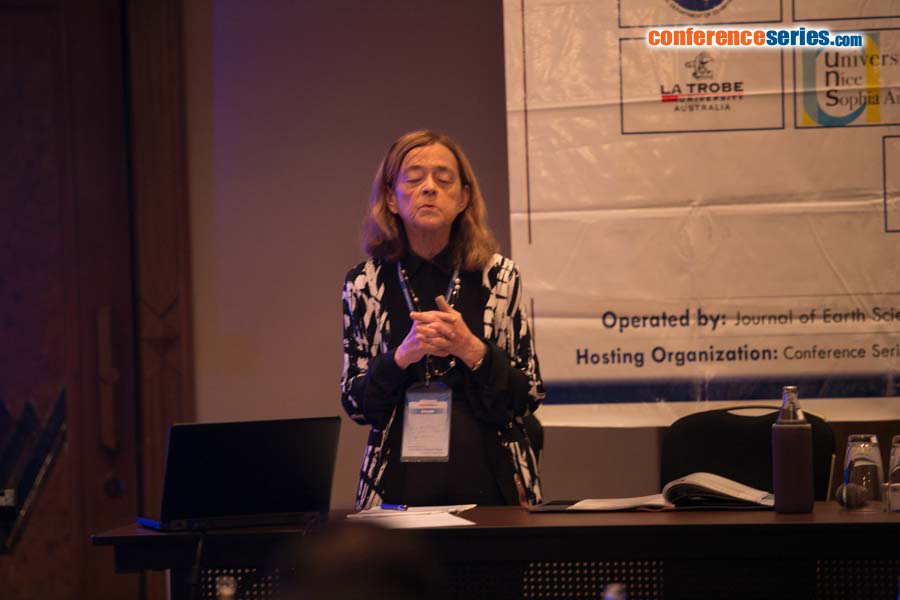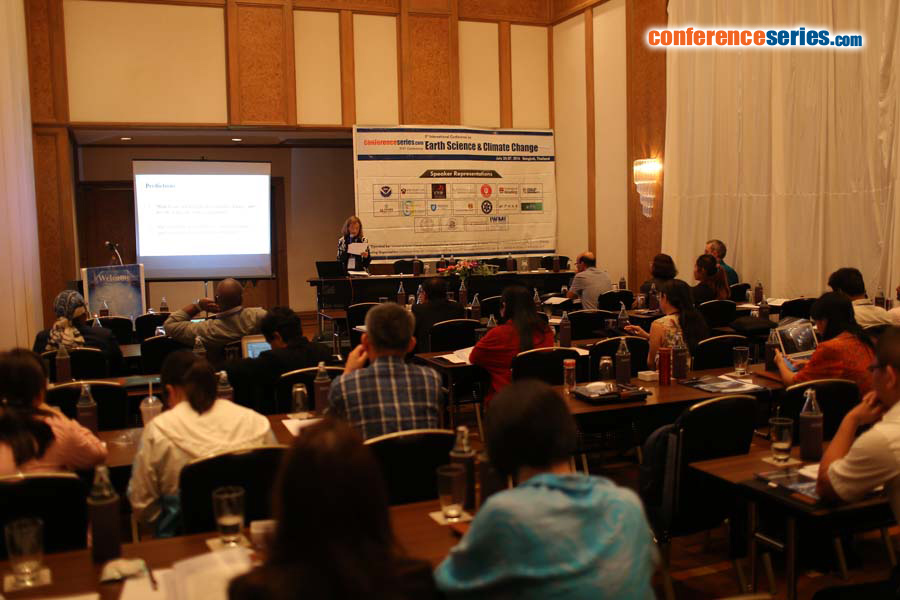
Biography
Biography: Judith Tisdall
Abstract
Models are used to predict climate change, and its effect on soil, water and plants. These models depend heavily on their inputs. Some models predict that rainfall will be more variable, but higher and more intense, and temperatures, solar radiation and concentration of atmospheric carbon dioxide will be higher. These may increase the length of the growing season of plants, plant growth, concentration of organic matter in soil, and protective cover on the soil, with fewer nutrients lost in runoff and erosion. However, increased microbial activity in the wetter and warmer soils will decompose more organic matter, and the soil will become structurally unstable. Such soils will become denser and more susceptible to erosion, with increased runoff removing water and nutrients. The water-holding capacity of the soil will decrease, with the soil more easily waterlogged, and poorly aerated, and the soil will set hard when dry. Waterlogged seals of low permeability will restrict emergence of seedlings, less organic matter added to the soil. New land-use by farmers in the new climate will probably also increase erosion. On the other hand, increased concentration of atmospheric carbon dioxide may decrease stomatal aperture, photosynthesis and transpiration and all the benefits of increased plant growth. Higher rainfall may increase the number of cloudy days, and decrease light interception by plants and photosynthesis. Lower rainfall may lead to more irrigation, subsequent saline water-tables and soil, and decreased plant growth. Soil pH will decrease when basic cations are removed in harvested crops, or are leached deeper into the profile. The lower pH will make some nutrients, e.g. manganese, more available and toxic to plants, whereas other nutrients e.g. phosphorus, will be less available.



